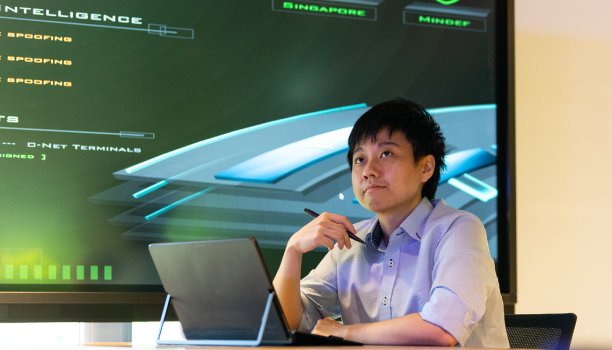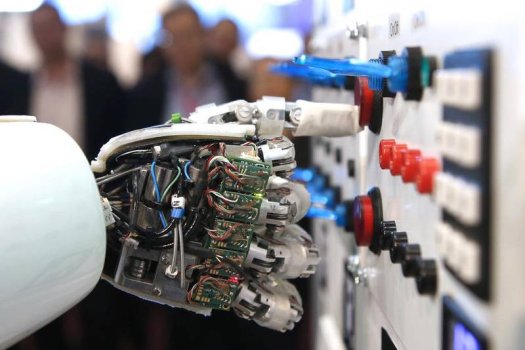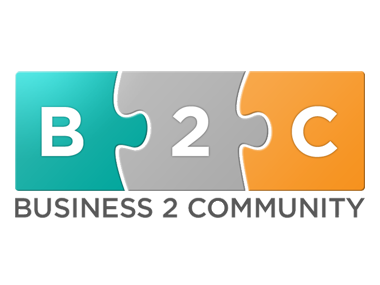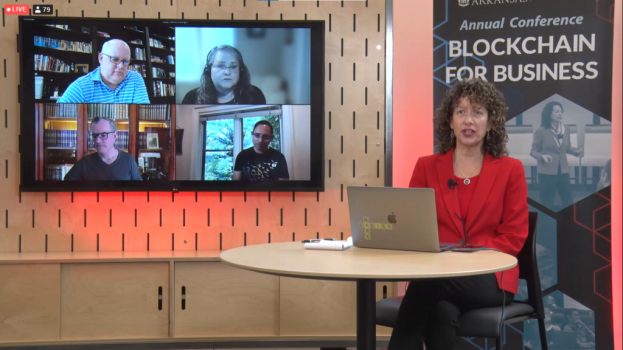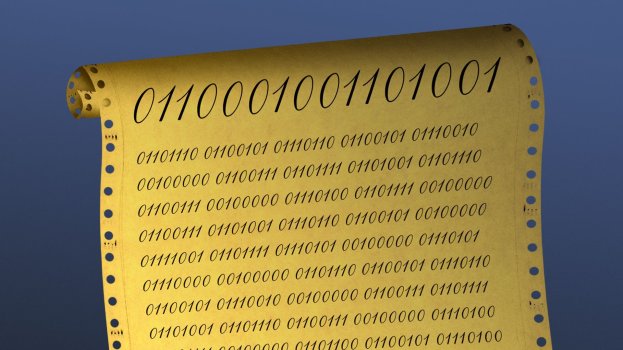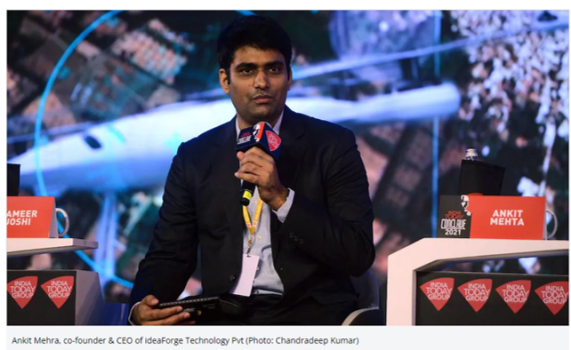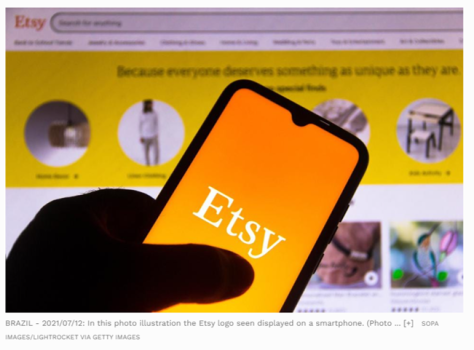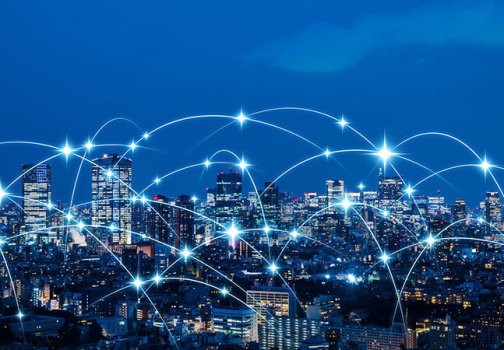Women in Cyber: Using AI to protect the military
- Technology Solutions
- 0 Replies
AI’s strength is that it can think faster than a human can. As cyberthreats become more sophisticated, cybersecurity teams need all hands on deck to protect national security. That means recruiting AI as a teammate.
Melissa Chua, Head Capability Development (Cyber AI), Cybersecurity Program Centre, Defense Science and Technology Agency (DSTA) discusses how AI is boosting cybersecurity protections in the military. She also shares how tinkering with your mobile phone can ignite a passion in cybersecurity.
Tell us more about your role. How do you protect the digital realm and improve citizens’ lives?
I am currently Head Capability Development (Cyber AI) at DSTA’s Cybersecurity Program Centre, where I leverage cutting-edge technologies such as artificial intelligence (AI) to develop robust cyber capabilities for the Singapore’s Ministry of Defense (MINDEF) and the Singapore Armed Forces (SAF). In my day to day work, I lead a team to develop cyber solutions to monitor and detect potential threats in the cyberspace. We also develop in-house algorithms and analytics for custom solutions to suit the SAF’s unique requirements.
Continue reading: https://govinsider.asia/innovation/women-in-cyber-melissa-chua-dsta/
Melissa Chua, Head Capability Development (Cyber AI), Cybersecurity Program Centre, Defense Science and Technology Agency (DSTA) discusses how AI is boosting cybersecurity protections in the military. She also shares how tinkering with your mobile phone can ignite a passion in cybersecurity.
Tell us more about your role. How do you protect the digital realm and improve citizens’ lives?
I am currently Head Capability Development (Cyber AI) at DSTA’s Cybersecurity Program Centre, where I leverage cutting-edge technologies such as artificial intelligence (AI) to develop robust cyber capabilities for the Singapore’s Ministry of Defense (MINDEF) and the Singapore Armed Forces (SAF). In my day to day work, I lead a team to develop cyber solutions to monitor and detect potential threats in the cyberspace. We also develop in-house algorithms and analytics for custom solutions to suit the SAF’s unique requirements.
Continue reading: https://govinsider.asia/innovation/women-in-cyber-melissa-chua-dsta/

